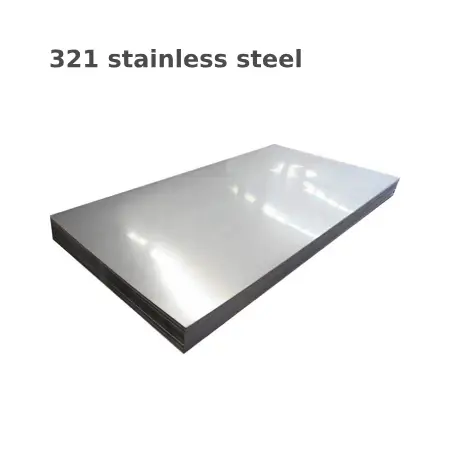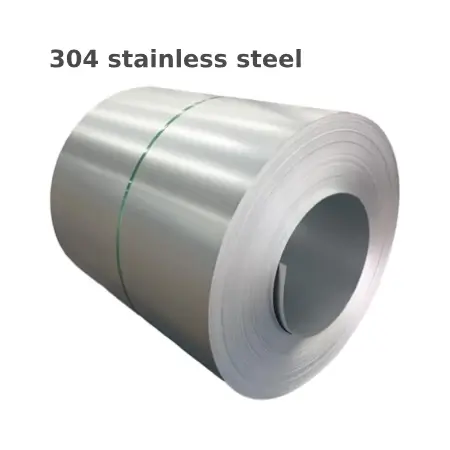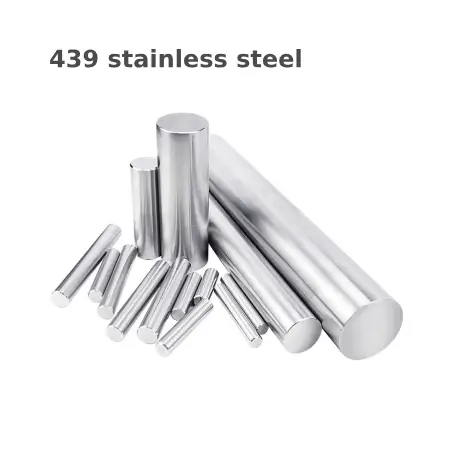321 Stainless steel is an Austenitic grade, known for its excellent high-temperature strength and resistance to intergranular corrosion, making it a preferred material for applications that demand performance in elevated temperature conditions.
Introduction to 321 Stainless Steel
Material Composition: 321 Stainless steel (represented as EN 1.4541 and UNS S32100) is an Austenitic stainless steel that contains a base composition of iron, chromium, and nickel, with the addition of titanium as a stabilizing element. The titanium counteracts the carbide precipitation, which can occur in high-temperature environments.
High-Temperature Performance: One of the key attributes of 321 stainless steel is its ability to maintain strength and resist deformation at high temperatures. It has better high-temperature performance compared to the widely used 304 and 316 stainless steels.
Corrosion Resistance: The inclusion of nickel and the addition of titanium and niobium (in some variations) provide 321 stainless steel with excellent corrosion resistance, particularly against intergranular corrosion that can occur in sensitized conditions due to welding or heat treatment.
Applications: Due to its unique properties, 321 stainless steel is often used in applications where high temperatures are encountered, such as in heat exchangers, furnace components, petroleum refining equipment, chemical processing equipment, and high-temperature exhaust systems.
Fabrication: It can be easily machined and formed. However, due to its high alloy content, it may have lower machinability compared to other stainless steels, requiring the use of specialized techniques and tools.
Welding: Stainless steel 321 is weldable using various methods. However, to prevent sensitization and potential intergranular corrosion, it's crucial to follow appropriate welding practices and post-weld annealing may be necessary.
Heat Treatment: Solution annealing is a common heat treatment process for 321 stainless steel, especially after welding or at stress points to reduce the risk of intergranular corrosion.
Forming and Machining: While the titanium addition can complicate certain machining processes, the formation of 321 stainless steel is straightforward, and it can be formed into various shapes, including complex parts and components.
Chemical Compatibility: The material exhibits great resistance to many chemical reagents, and its performance does not deteriorate significantly at elevated temperatures, which is an advantage in various industrial processes.
Low Maintenance: As with all stainless steels, 321 requires minimal maintenance and cleaning due to its corrosion resistance and oxide layer.
Grade Variations: There's a reduced carbon version, known as 321H, which contains a lower carbon content to further enhance its performance at high temperatures by providing even better resistance to intergranular corrosion.
321 Stainless steel is an important alloy for environments and applications where both high temperatures and corrosion resistance are critical. Its versatility and strength in demanding conditions make it a reliable choice for industries that need to operate efficiently and safely at elevated temperatures.






